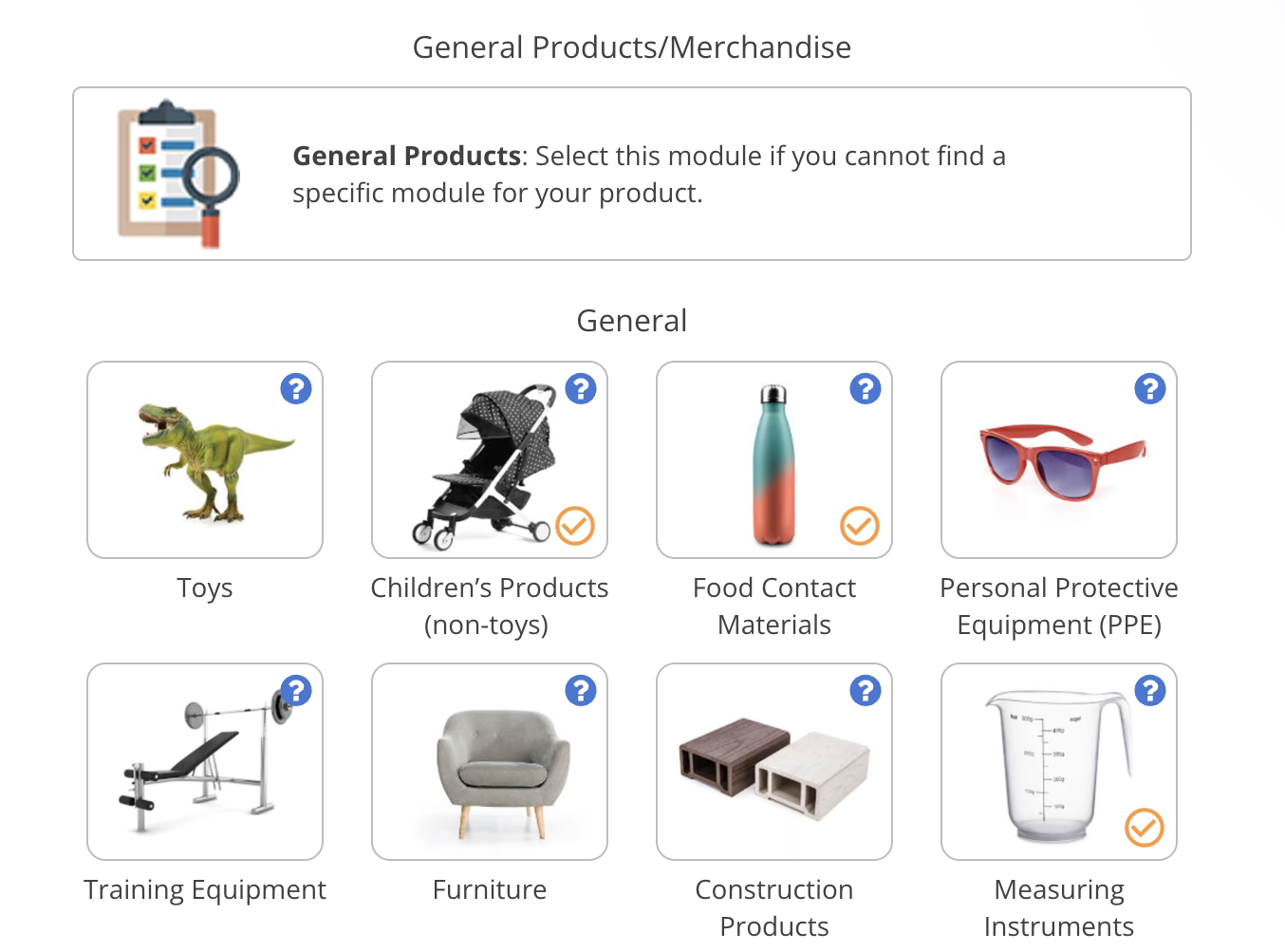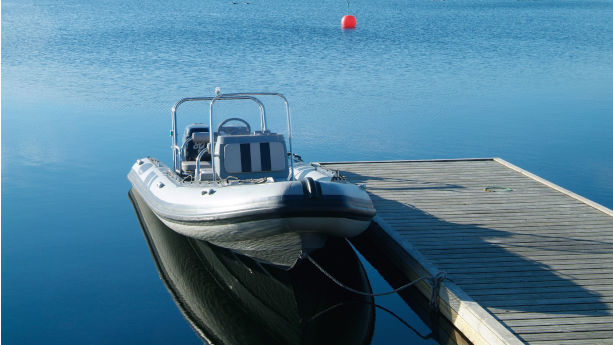
Planning to import or manufacture recreational crafts in the European Union? This article covers requirements regarding the Recreational Craft Directive, such as the product scope, conformity assessment procedure and modules, documentation, labelling, and lab testing.
Content Overview

FREE CONSULTATION CALL (30 MIN)
 Ask questions about compliance requirements
Ask questions about compliance requirements Countries/markets:
Countries/markets:
 Learn how we can help your business
Learn how we can help your business
You will speak with:Ivan Malloci or John Vinod Khiatani
What is the Recreational Craft Directive?
The Recreational Craft Directive sets requirements for designing and manufacturing motor and sailing recreational craft.
It covers requirements such as those pertaining to a craft’s visibility, stability, and buoyancy. It also covers noise pollution and limits the following engine exhaust emissions:
- Carbon monoxide
- Hydrocarbons
- Nitrogen oxides
- Particulates
Product Scope
The directive covers the following types of crafts and components:
- Recreational crafts
- Personal watercrafts
- Watercrafts subject to major craft conversion
- Propulsion engines installed on – or intended for – watercrafts
- Components listed in Annex II
Definitions
Article 3 of the directive defines a “recreational craft” as any type of watercraft meant for leisure and sports purposes, with a hull length from 2.5 to 24 meters (excluding personal watercrafts).
It also defines a “personal watercraft” as a leisure and sport watercraft that:
a. Use propulsion engines with water jet pumps
b. Has a hull length of a maximum of 4 meters, and
c. It is operated by one or more people that are “sitting, standing or kneeling on” the hull (rather than staying within the hull confines)
Components
Annex II of the directive lists covered watercraft components, which include:
- Fuel tanks meant for fixed installations
- Ignition-protected equipment for inboard petrol engines
- Prefabricated port lights
- Start-in-gear protection devices for outboard engines
- Steering wheels
Exemptions
The directive does not apply to products such as the following:
- Watercrafts for racing
- Surfboards
- Amphibious vehicles
- Submersibles
- Hydrofoils
Harmonised Standards
Harmonised standards offer a presumption of conformity with the directive’s requirements. This means that if a product complies with relevant harmonised standards, then the assumption is that said product complies with the technical requirements of the directive.
Here we list several standards harmonised under the Recreational Craft Directive:
a. EN ISO 6185-1 — Inflatable boats – Part 1: Boats with a maximum motor power rating of 4.5 kW
b. EN ISO 8665 — Small craft – Marine propulsion reciprocating internal combustion engines – Power measurements and declarations
c. EN ISO 11812 — Small craft – Watertight cockpits and quick-draining cockpits
d. EN 15609 — LPG equipment and accessories – LPG propulsion systems for boats, yachts and other watercraft – Installation requirements
e. EN 60092 — Electrical installations in ships – Part 507 – Small vessels
Essential Requirements
Manufacturers should design and construct their watercraft to ensure they are safe and operate as intended. As such, products covered by the directive must meet essential requirements established in Annex I.
These requirements ensure that recreational crafts do not endanger persons, property, or the environment when properly used and maintained per the craft’s intended purpose. They include:
a. General requirements (e.g. owner’s manual, watercraft identification)
b. Integrity and structural requirements (e.g.buoyancy, flotation, and stability)
c. Handling characteristics – A watercraft’s handling characteristics should be compatible with the watercraft propulsion engine’s output
d. Installation requirements
e. Propulsion engine identification (e.g. marking requirements)
f. Exhaust emission requirements (e.g. exhaust emission limits of propulsion engines)
Conformity Assessment
A conformity assessment is a procedure that aims at evaluating a product’s compliance with relevant requirements.
Such procedure may be composed of different modules, which are laid down in Annex II of Decision No 768/2008/EC.
In the case of recreational crafts, manufacturers may need to request that a notified body carry out the conformity assessment, depending on the craft design category, product type, and hull length.
Article 20 of the Recreational Craft Directive outlines watercraft design categories and their respective applicable modules.
Further, articles 21 and 22 outline applicable modules for exhaust and noise emissions, respectively.
Applicable modules
According to Decision No 768/2008/EC and Article 24 of the Recreational Craft Directive, which sets some supplementary requirements, for the following modules a notified body is not required:
a. Module A (Internal production control)
b. Module C (Conformity to type based on internal production control)
Note: Supplementary requirements for Module C are listed in Annex VIII of the directive
Notified Body
The other modules require the involvement of a notified body:
a. Module A1 (Internal production control plus supervised product testing)
Note: Supplementary requirements for module A1 are listed in Annex VI of the directive
b. Module B (EU type-examination)
c. Module D (Conformity to type based on quality assurance of the production process)
d. Module E (Conformity to type based on product quality assurance)
e. Module F (Conformity to type based on product verification)
f. Module G (Conformity based on unit verification)
g. Module H (Conformity based on full quality assurance)
Summary
Per Article 20, we list in the table below different watercraft design categories and their respective applicable modules.
| Design Category |
Product Type |
Hull length | Modules |
| A, B | Recreational craft | From 2.5 m to less than 12 m | Any of the following modules:
a. Module A1 b. Module B together with Module C, D, E or F c. Module G d. Module H |
| A, B | Recreational craft | From 12 m to 24 m | Any of the following modules:
a. Module B, together with Module C, D, E or F b. Module G c. Module H |
| C | Recreational craft | From 2.5 m to less than 12 m | Any of the following modules:
a. Module A (only if the product complies with relevant harmonised standards) b. Module A1 c. Module B together with Module C, D, E or F d. Module G e. Module H |
| C | Recreational craft | From 12 m to 24 m | Any of the following modules:
a. Module B, together with Module C, D, E or F b. Module G c. Module H |
| D | Recreational craft | From 2.5 m to 24 m | Any of the following modules:
a. Module A b. Module A1 c. Module B, together with Module C, D, E or F d. Module G e. Module H |
| / | Personal watercraft | / | Any of the following modules:
a. Module A b. Module A1 c. Module B, together with Module C, D, E or F d. Module G e. Module H |
| / | Components | / | Any of the following modules:
a. Module B, together with Module C, D, E or F b. Module G c. Module H |
Post-construction Assessment
A post-construction assessment (PCA) is a conformity procedure that must be performed by a notified body when the manufacturer doesn’t assume the responsibility for the product’s compliance with the requirements of the directive.
According to Eurofins, a PCA might apply, for example, to workboats converted into recreational crafts.
The directive states that those who place such products on the market must send an application for a PCA to a notified body and attach any required technical documentation.
The notified body must then examine, test, and assess the boat to ensure it complies with the directive’s requirements. The notified body can then grant and affix a CE mark onto the boat.
Documentation
The directive requires importers and manufacturers to provide relevant authorities with the necessary documentation to prove that their watercraft comply with the directive.
Declaration of Conformity
Importers and manufacturers of recreational watercraft must draft a Declaration of Conformity stating that their products comply with the requirements established in Annex I of the directive.
They must submit the Declaration of Conformity according to the format in Annex IV, which includes the following pieces of information:
a. Product, batch, type, or serial number
b. Manufacturer’s name and address
c. A statement declaring that the importer or manufacturer is responsible for issuing the Declaration of Conformity
d. Identity (and photograph, where appropriate) of the recreational craft
e. A statement declaring the craft’s conformity with the relevant harmonised EU legislation (e.g., the aforementioned directive)
f. References to relevant harmonised standards or other technical specifications to which conformity is claimed
g. Where applicable, a statement identifying which notified body carried out the described intervention and issued the certificate
h. Identification of signee authorised to sign on the manufacturer’s behalf
i. Additional information, as necessary
j. “Signed for and on behalf of” statement, with the place and date of issue, name, function, and the submitter’s signature
Technical Documentation
The directive mandates importers and manufacturers to provide the relevant authorities with technical documentation. According to Annex IX, technical documentation should include the following:
a. General descriptions of the product
b. Conceptual designs, manufacturing drawings
c. Information to understand the product’s operation
d. List of harmonised standards
e. Results of design calculations and examinations
f. Stability and buoyancy test reports per Annex I, Part A, Points 3.2 and 3.3
g. Exhaust and sound emissions test reports proving compliance with Annex I, Parts B and C, Sections 2 and 1, respectively
EU Type-examination Certificate
The Module B procedure includes certification requirements. Specifically, the notified body is required to provide manufacturers of recreational crafts with an EU type-examination certificate if the craft complies with the requirements of the directive.
The certificate should include the following information:
- Manufacturer’s name and address
- Examination findings
- Covered requirements
- Validity preconditions
- Necessary information to determine the approved type (e.g. recreational craft)
Owner’s Manual
Manufacturers of recreational crafts must ensure that their products come with an owner’s manual that contains instructions and safety information in commonly-understood languages.
The manual should include instructions concerning:
- Set up (installation)
- Maintenance
- Regular operation
- Risk prevention
- Risk management
- Maximum rated engine power
Labelling requirements
The Recreational Craft Directive requires manufacturers to label their products by affixing the CE marking, manufacturer information and other relevant information.
Watercraft builder’s plate
Watercraft manufacturers must permanently affix a watercraft builder’s plate to their products. We list below the information they must affix to the plate.
CE Marking
The watercraft manufacturer must ensure that the CE marking:
a. Is readable and affixed clearly and permanently onto the watercraft builder’s plate
b. Is followed by the notified body’s identification number (if relevant)
c. Is followed by a pictogram or mark that specifies a special risk or use (if relevant)
Manufacturer information
The watercraft manufacturer must include a contact address on the builder’s plate, as well as one of the following:
- Manufacturer’s name
- Registered trade name
- Registered trade mark
Other information
In addition to the above, the manufacturer must include the following information on the builder’s plate:
a. The watercraft’s design category
b. The maximum recommended load (excluding the weight of full, fixed tanks)
c. The manufacturer’s recommended number of persons per the watercraft’s design
Watercraft identification
The directive mandates the manufacturer to mark the watercraft with an identification number that includes the following information:
- Manufacturer’s country code
- Manufacturer’s unique code (assigned by EU Member State national authority)
- Unique serial number
- Month and year of watercraft production
- Model year
The above information can be used to uniquely identify each craft.
Lab testing
In most cases, manufacturers need to have their products lab tested to prove that products comply with relevant harmonised standards and technical requirements.
Test examples
We list below a few tests relevant to recreational crafts:
- Noise emissions testing
- Exhaust emission testing
- Endurance testing
When the watercraft passes testing, importers and manufacturers receive a test report that provides evidence of the product’s compliance with the directive.
Notified bodies
Excluding the cases in which only Module A is needed to complete the conformity assessment, the directive requires manufacturers to choose a notified body that should test and assess the product.
We list below five notified bodies, as well as the countries in which they operate:
a. ANCCP Certification Agency Srl (Italy)
b. Dutch Certification Institute (Netherlands)
c. KR HELLAS LTD. (Greece)
d. POLSKI REJESTR STATKOW S.A. (Poland)
e. VINÇOTTE sa/nv (Belgium)
You can find the European Commission’s list of notified bodies offering services for recreational crafts and personal watercrafts, on this website.
Testing labs
In the cases in which a notified body is not required (e.g. for personal crafts, if the manufacturer chooses to complete the conformity assessment via Module A), testing might still be required.
Here are some labs that offer testing against the Recreational Craft Directive:
- Intertek
- Eurofins
- Olson EcoLogic’s Marine Engine Testing

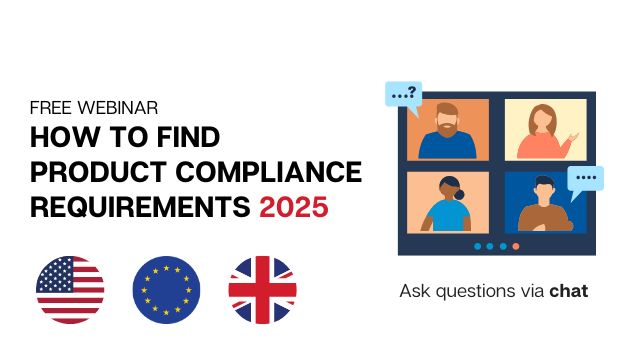



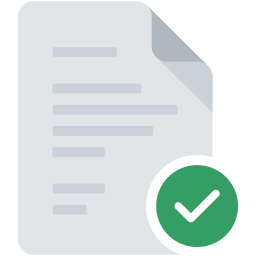

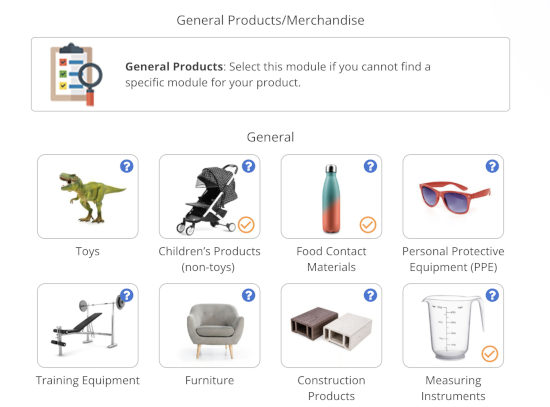






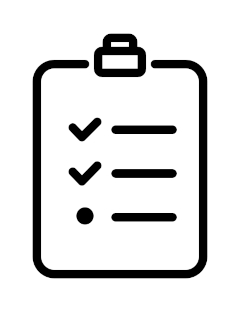


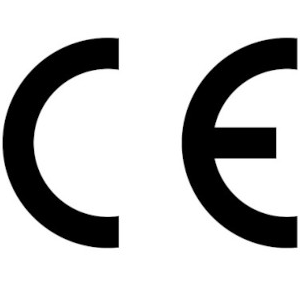




.png)
.png)
.png)

